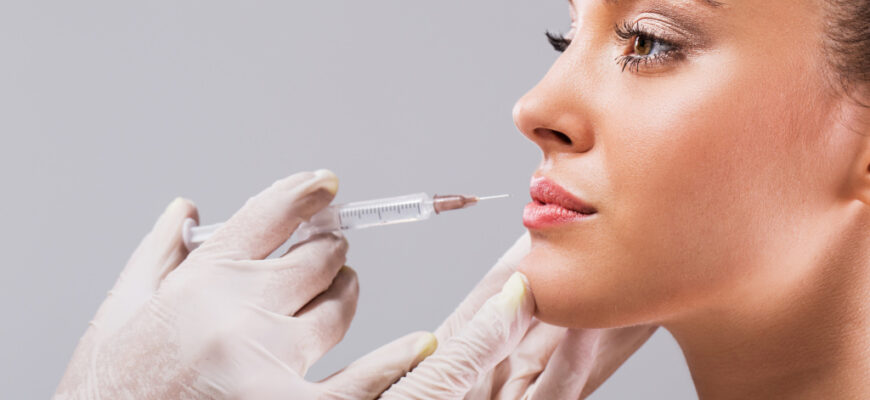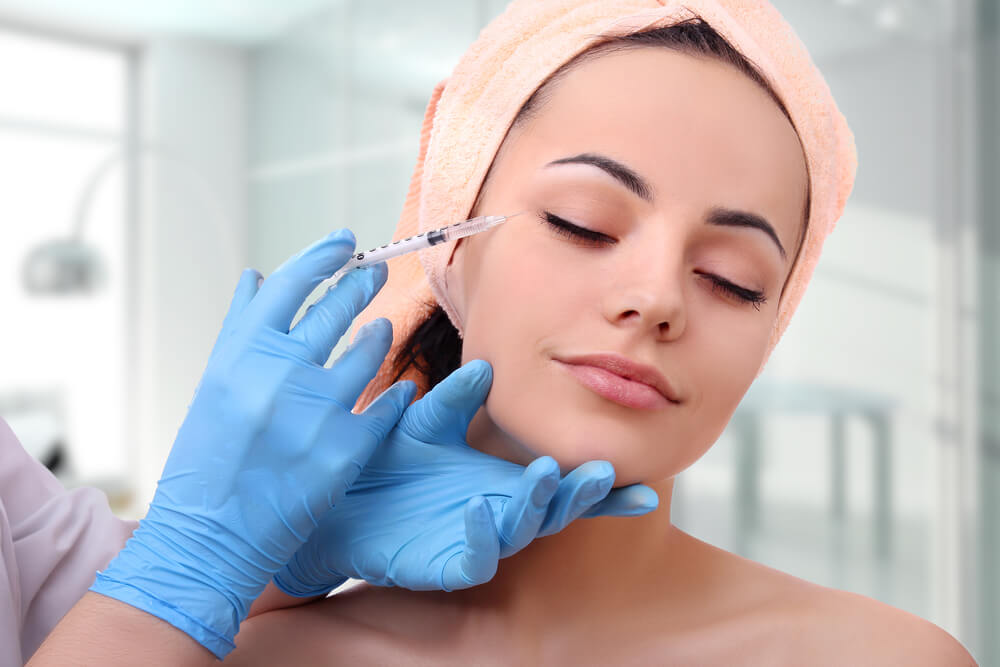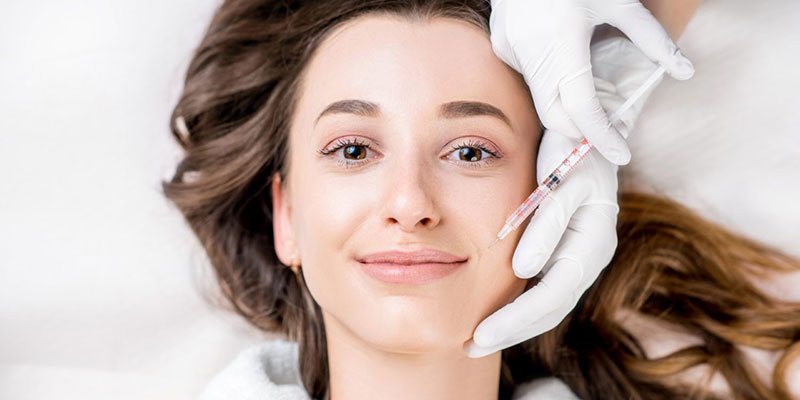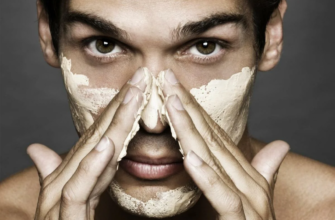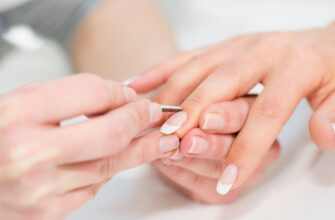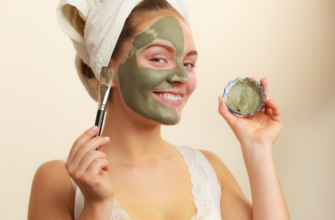In modern cosmetology, fillers are increasingly used – special fillers that are injected under the skin and have a complex effect on the tissue. Fillers can rejuvenate a woman's appearance, help a woman lose 5-10 years, and eliminate the need for plastic surgery. The journalists talked with leading dermatologists and cosmetologists to find out what the fillers work, what types of fillers exist and how they work – you will find all this information in this article.
- Fillers – concept and purpose
- Filling – it hurts or not
- Filler types, most popular injectables
- Fillers based on hyaluronic acid
- Collagen based fillers
- Fillers based on other substances
- Are there any differences between fillers for correcting lips, cheekbones, nose
- The principle of fillers and features of the cosmetic procedure
- Fillers for hair and scalp
- Fillers for correcting the shape and volume of the breast
- Rehabilitation after filling
- Contraindications to the use of fillers, possible complications after the procedure
- How fillers disintegrate and are removed
- Alternative to injection cosmetology – filler creams
- Fillers, botox and mesotherapy – differences between treatments
Fillers – concept and purpose
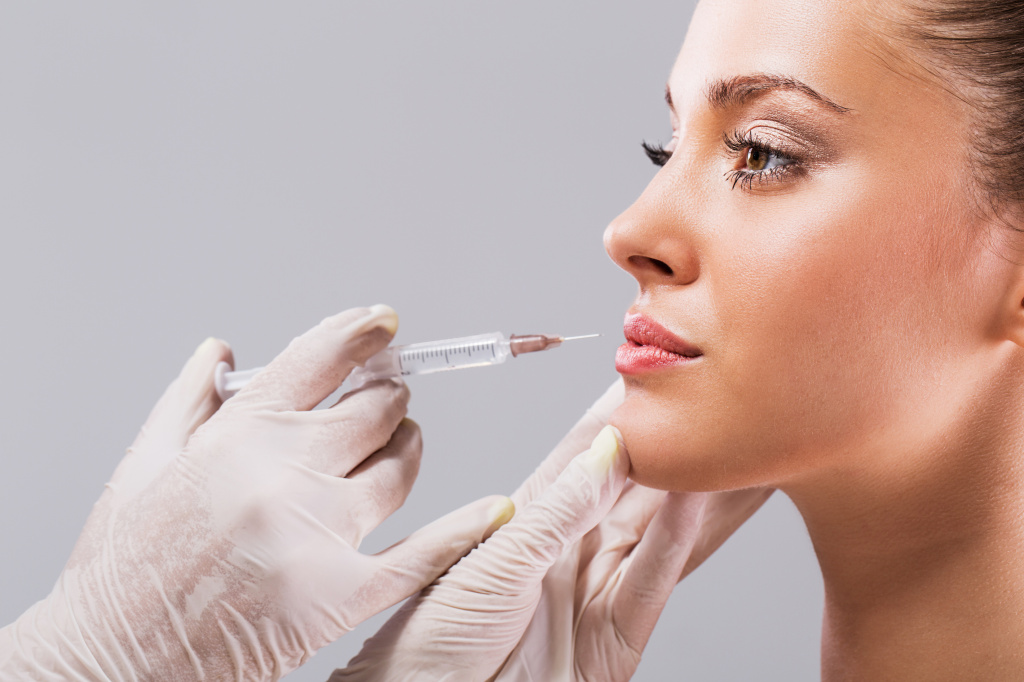
Fillers have gained popularity in the field of cosmetology more than one year ago, but still not all women know what it is and what it is for. Doctors give this definition to fillers – these are mechanical fillers that are injected into different layers of soft tissue by injection and perform a variety of tasks. In fact, fillers are designed to improve the aesthetic characteristics of the skin, smooth out unwanted relief (for example, eliminate wrinkles, creases, folds of the skin), and also improve the proportions and features of the face.
The tasks that are solved with the help of fillers:
-
Strengthening the skin and increasing tone.
-
Increase of skin moisture (if fillers based on untreated hyaluronic acid are used).
-
Redistribution of light and shade when correcting facial features.
-
Masking minor skin imperfections.
-
Eyebrow shaping.
-
Lip reshaping.
-
Elimination of circles under the eyes (correction of the nasolacrimal groove).
-
Elimination of crow's feet.
Raising the bottom of wrinkles and folds, in particular nasolabial, reducing the visible manifestations of wrinkles:
-
In the forehead.
-
Between the eyebrows.
-
At the inner corners of the eyes ('rabbit' wrinkles).
-
Above the upper lip (purse-string wrinkles).
-
Around the mouth (including wrinkles when smiling).
-
Increase in soft tissue volume. For example, filling the lack of chin volume in case the patient is not ready to undergo treatment with an orthodontist. Or correction of the volume of the cheekbones.
-
Elimination of asymmetry, imbalances, for example, in the lips or corners of the eyes.
-
Also, with the help of fillers, you can correct or enlarge the lips, which is especially popular with young girls and middle-aged women.
Are there aesthetic defects that cannot be resolved with fillers? Experts answer that there is, for example, a hernia in the lower eyelid. It can be corrected with fillers, but this is impractical, since this problem is in the competence of not a cosmetologist, but a surgeon. Therefore, before using fillers, you need to make sure that they will be really effective, and not just help delay your visit to the doctor. Also, with the help of mechanical fillers, it is difficult to get rid of expression lines.
Filling – it hurts or not
Many girls are interested in whether the injections are painful, how strong the unpleasant sensations experienced by patients during the filling procedure are. It is impossible to answer this question unequivocally, since the pain threshold is different for all women. Therefore, the degree of pain in the introduction of fillers is determined by the person personally. According to patient reviews, the most painful injections are in the lip area (on a pain scale – 10 out of 10). But if you carry out such minimally invasive cosmetic procedures in a licensed clinic and with a qualified master, the discomfort will be minimal. An experienced specialist injects injections correctly, to the required depth, uses high-quality materials and consumables, and, if necessary, performs local anesthesia. Topical medications reduce discomfort and pain by about 15%. Short-acting dental anesthesia can be used to prevent the patient from feeling anything at all.
Filler types, most popular injectables
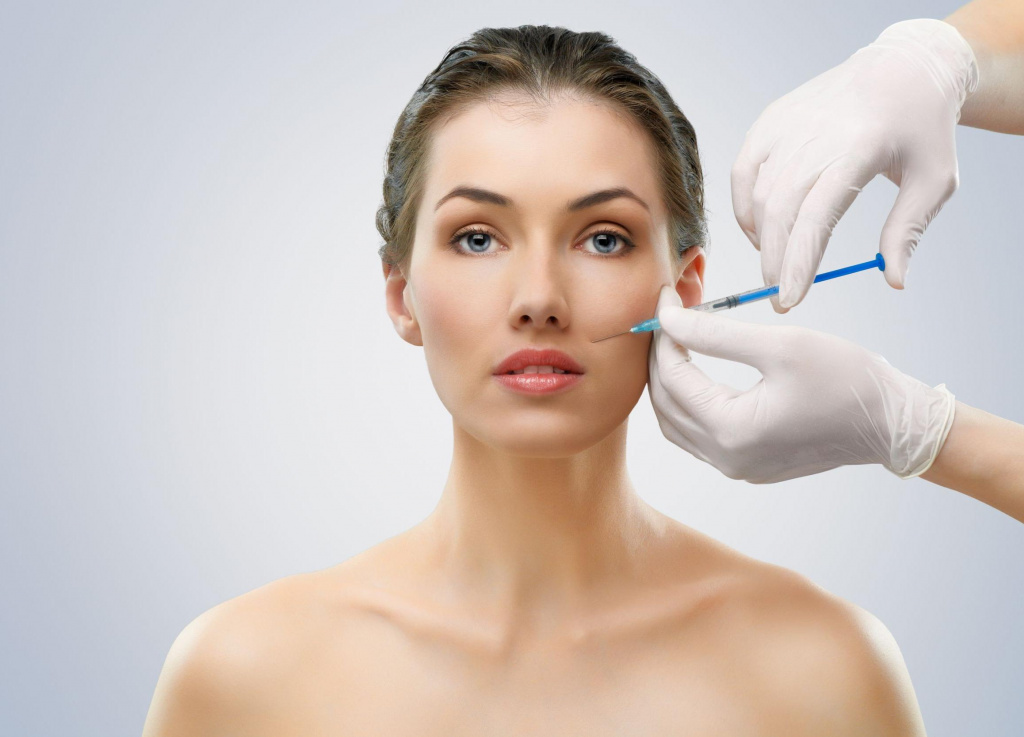
Conventionally, all types of fillers can be classified into two broad categories. The first one is a variety of preparations based on hyaluronic acid (HA), which is normally produced by our body. The second is drugs that are made from chemicals that have no analogues in the human body (calcium hydroxyapatite, polylactic acid, silicone, which is practically not used in modern cosmetology). In some cases, the patient's own subcutaneous fat is used as a filler for fillers – this is also a natural and safe element for cosmetic injections. Biosynthetic fillers consisting of chemicals that are maximally compatible with the human body.
Fillers based on hyaluronic acid
The closest ones to the human body are hyaluronic fillers. They are also considered multifunctional, almost universal, since 99% of aesthetic problems are solved with their use. And we are talking not only about domestic cosmetology, but also about the world market of the beauty industry. Why is hyaluronic acid as a soft tissue filler so popular? This is due to the fact that this substance consists of a sequence of disaccharides that form a kind of chain that can grow and attach new links by accumulating HA particles produced by the body. It turns out that the hyaluronic acid introduced into the tissues stimulates the processes of its own production of HA by the human body. These processes are inhibited as a person ages, and the injected hyaluronic acid is able to restart them. Moreover, the structure of HA is the same in all organisms – in humans, animals, and even bacteria. No matter how hyaluronic acid is synthesized, it will not become a foreign substance for our body. Accordingly, HA used in fillers is not able to induce a specific immune response in the body, in simple terms – it will not cause an allergic reaction and rejection of the filler.
Our consultants provided a list of the most popular drugs based on hyaluronic acid for correcting facial features and eliminating age-related changes in the skin:
-
Restylane. These are fillers that need to be administered by the course. The effectiveness and duration of the result depends on the correction area. For example, the introduction of fillers in the forehead area will be effective for 5-6 months, and using the product in the area with more mobile muscles (around the mouth) will allow you to enjoy the result for 3-4 months. The Swedish company Restylane produces specialized fillers of the same name for different skin types.
-
Restylane Perline. This is a product of the mentioned brand, which is used to correct the appearance with pronounced age-related changes in the skin. The compatibility of the product with the skin and the human body is 100%. Over time, the drug is completely eliminated naturally.
-
Belotero. These fillers for various purposes are popular abroad, in particular in the United States. The line includes more than five drugs of this brand with different compositions for solving specific aesthetic problems. The duration of the injections is one year or more. It is thanks to the long-lasting result that the product is widely used in cosmetology clinics.
-
Juvederm. These are fillers for long-lasting contour plastics, available in the form of a disposable injection syringe, already filled with a cosmetic product. The product range of this brand includes fillers with lidocaine, which makes it possible to carry out procedures for patients with the most sensitive skin and a low pain threshold.
Also, experts often use fillers of the Styling and Princesses brands, which have been presented on the market of cosmetology services for a long time and have managed to establish themselves from the best side.
Collagen based fillers
Fillers based on collagen, which is one of the main elastic proteins produced by the human body, are also very popular. Collagen is a strong, but flexible framework that holds soft tissues and skin, prevents them from sagging, losing turgor, 'swell' and displacement.
Such fillers are of two types:
-
Based on human collagen. In this case, the preparation for injection can be made from a donor material or from artificially synthesized substances. The latter option is safer, since the likelihood of an allergic reaction tends to zero. After all, the substance for filling is synthesized in laboratory conditions from the patient's own skin cells, it is closest to the collagen that is already in the human body and does not come into conflict with it. Fillers based on donor collagen are cheaper because they do not need to be synthesized for a specific patient. But when using them, there is a possibility of rejection and the occurrence of an unwanted immune response of the body. Dermologen, Isologen, Kosmoderm can be attributed to drugs in this group.
-
Based on porcine or bovine collagen. Such fillers are relatively inexpensive, in most cases they are positively perceived by the patient's body. The likelihood of allergies is not high, and if rashes do appear, then in small quantities. The drugs in this group include Zirplast, Artekoll and Artefill.
Collagen-based fillers improve not only the appearance of the skin, but also its structure.
Fillers based on other substances
On sale and in the assortment of cosmetology clinics, you can also find fillers with such active ingredients in the composition:
-
Calcium hydroxyapatite is an inorganic material obtained from corals of the Porites subspecies. It is believed that this substance effectively stimulates collagen synthesis in the cells of the skin. It is part of various fillers, for example, it is present in a drug called Radiesse.
-
Polylactic acid, which also helps accelerate the production of elastic proteins by the human body. This acid is the main active ingredient of the Sculpture preparation.
-
Polymethyl methacrylate microspheres are a polymer type substance inert with respect to human biological structures. It is used to fill the voids in the layers of the skin and smooth out the skin's relief, smooth out wrinkles, without interfering with natural biological processes.
Are there any differences between fillers for correcting lips, cheekbones, nose
There are differences between the drugs that are used to correct a particular area of the face. The main difference lies in the particle size of the homogeneous solution. The density of the preparation also depends on the particle diameter. For example, for the correction of the cheekbones and chin areas, more persistent and minimally plastic fillers that do not tend to spread too much are suitable. And to eliminate defects in the area of the eyes and lips, more fluid preparations are used, which are quickly eliminated from the body.
The principle of fillers and features of the cosmetic procedure
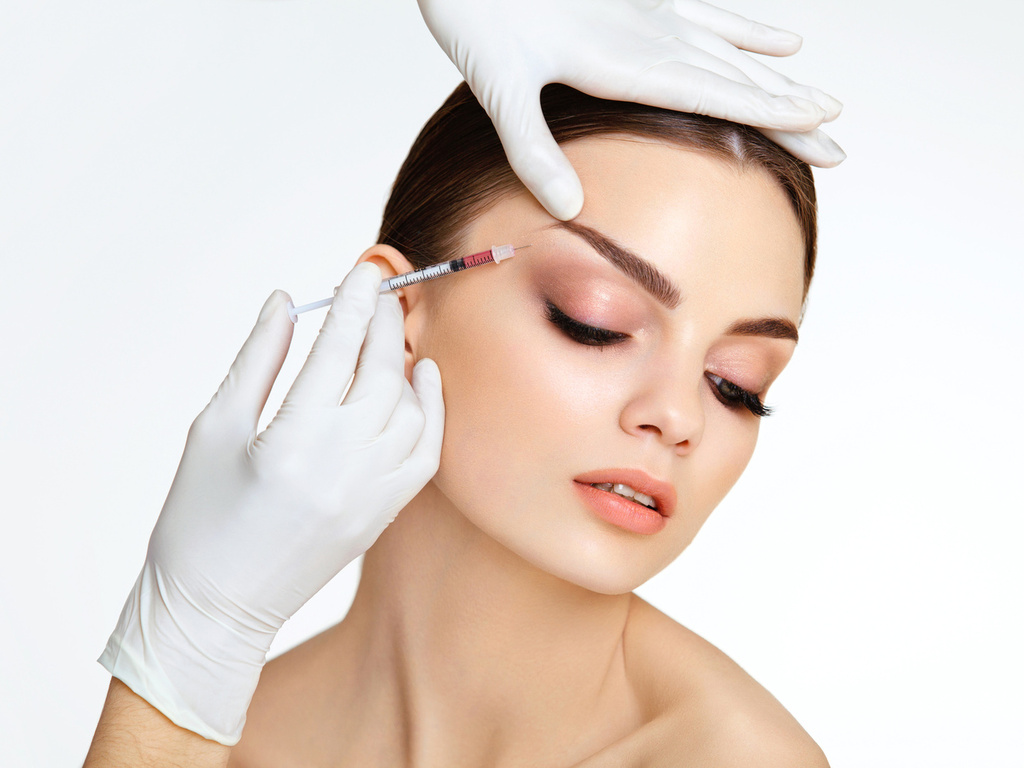
The principle of action of fillers based on hyaluronic acid is as follows:
-
Natural HA, located in the deep layers of the skin, maintains the desired level of hydration, that is, moisture. Its molecules literally attract liquid, making the dermis firm and elastic. Also, through the circulation of water, metal ions, vitamins and other nutrients enter the tissues. At the same time, the average life span of a HA molecule is from several minutes to 30 days (depending on the tissues in which it is located), after which it breaks down into separate particles. Specialized cells called fibroblasts combine individual HA particles and reassemble new molecules in a circular process.
-
When a specialist introduces hyaluronic fillers, the patient's body begins to break down their molecules into individual particles, which helps to activate the fibroblasts. Accordingly, the synthesis of hyaluronic acid increases, which has a positive effect on the condition of the skin.
Correction of appearance with the help of fillers occurs in the following sequence:
-
Diagnosis of the condition of the skin or identification of aesthetic problems that the patient would like to eliminate.
-
Identification of contraindications that may cause the impossibility of performing a cosmetic procedure. If there are no contraindications or restrictions, then the specialist selects the optimal drug for injection, suitable for the patient, taking into account the peculiarities of the skin and facial structure.
-
Disinfection of the face surface in the treatment area. As well as pain relief with local anesthetics or lidocaine injections.
-
Injection of fillers into the desired areas of the face. For example, if a patient has a flat tip of the nose, it is required to make it sharper and more elevated, the filler is injected into the point between the nostrils. And if the patient has an unwanted hump on the nose, injections are made below and above the hump, thus it is possible to align the nasal bridge and make it flatter.
-
During the procedure, the patient should be in a calm, relaxed state. You can not show any facial reactions, change your facial expression, frown, frown, smile or cry. After the fillers are injected, minor bruising and swelling may appear that will subside within a few days. Facial tissues finally return to normal within 14-30 days after the cosmetic procedure. In the same period, the maximum effectiveness of the drug introduced into soft tissues is manifested. After 2-4 weeks, you need to come for a second appointment with a specialist, undergo an examination, after which you can return to normal life.
Fillers for hair and scalp
Fillers are used not only to combat age-related changes in the skin and eliminate aesthetic defects. But also in order to improve the health, appearance of hair and scalp. The introduction of special preparations into the skin of the scalp can help eliminate such problems:
-
Hair loss, changes in their structure – dryness, thinning, brittleness, fading, dullness, split ends.
-
Dandruff.
-
Dryness and peeling of the skin.
-
Disruption of the sebaceous glands, increased oily hair.
Fillers help deliver nutrients directly to the site of the problem – to the hair follicles and into the deep layers of the epidermis. Therefore, the hair becomes healthier in appearance, thicker and shiny, begins to grow better, and stops falling out prematurely.
Fillers for correcting the shape and volume of the breast
Fillers based on hyaluronic acid can be used to correct the shape and size of breasts, eliminate asymmetry that often occurs in women who have been breastfeeding children or have had surgery on this area.
The hyaluronic acid used for breast correction has the consistency of a gel. During the procedure, the drug is injected into the muscle layer located behind the mammary glands and adjacent to the ribs. Therefore, the procedure will not interfere with lactation and breastfeeding in the future. The advantages of filling in comparison with breast augmentation are that there is minimal tissue intervention and that the procedure does not require the use of anesthesia.
Rehabilitation after filling
If you have corrected facial features or aesthetic defects using fillers, the cosmetologist will definitely give you recommendations on behavior during the recovery period. That is, he will say what needs to be done so that the injection marks pass quickly, and what cannot be done so as not to negate the effectiveness of the procedure.
The main recommendations of cosmetologists in the first 10-14 days after filler injections:
-
Do not expose the skin to direct sunlight.
-
Limit visits to the beach, sauna, bath, public pool.
-
Do not take hot baths.
-
Do not massage the skin at the injection site.
-
Do not carry out cosmetic procedures such as deep peeling, botulinum therapy, etc.
To relieve swelling, you need to use local drugs that a doctor will prescribe. You should not use any medications at your own discretion. In the event of serious complications, you need to contact the specialist who performed the procedure or, in extreme cases, the therapist.
Contraindications to the use of fillers, possible complications after the procedure

Fillnig has a small list of contraindications and restrictions, which is an additional advantage of this type of cosmetic procedure:
-
The adolescence of the patient. Usually fillers are not used if the client is under 19-20 years old. It should be understood that the introduction of fillers is not the prevention of age-related changes in the skin. Such drugs cannot prevent the appearance of wrinkles, moreover, they leave behind 'marks'. If you get carried away with filling in youth, it can cause irreversible changes in the structure and characteristics of soft tissues. At the same time, there are aesthetic problems that can be eliminated even at the age of 18, without waiting for the appearance of complexes. For example, fillers allow you to quickly and with the use of a small amount of the drug remove an unexpressed hump on the nose or correct a sloping chin without resorting to the services of a plastic surgeon.
-
Poor patient well-being.
-
Exacerbation of chronic diseases, in particular herpes.
-
Oncological diseases.
-
Collagen synthesis disorders.
-
The presence of foci of infectious and inflammatory diseases in the affected area.
-
Pregnancy and lactation.
-
Diseases of the circulatory system or disturbances in its work.
-
Critical days, several days before and after CD (during this period, the pain threshold decreases).
Complications that may arise after applying fillers:
-
Redness, tissue swelling, congestion.
-
Hematomas – they do not always occur, it all depends on the anatomy and the zone of correction. For example, if an injection is made in an area with a rich blood supply (lips), there is an 80% chance of bruising and this is normal. The only question is how large the hematomas will be – it depends on the professionalism of the cosmetologist. In the zygomatic region and under the eyes, specialists use an atraumatic cannula, and the likelihood that the vessels will be affected tends to zero. Therefore, the occurrence of hematomas in these areas is the exception rather than the rule.
-
Development of inflammatory processes.
-
Change in the rate of blood circulation in the affected area.
-
Symptoms of an allergic reaction are itching, rash, swelling, burning sensation.
However, side effects occur in most cases when the patient turns to a 'home' cosmetologist who is not licensed to carry out such procedures, but only took accelerated courses. Such 'masters' often use inexpensive fillers and do not always follow the protocol of the procedure. And if the cosmetologist still does not have enough experience, it is likely that he will 'fill his hand' on you. In the case of injection cosmetology, this is unacceptable, as it may affect the patient's health. It is better to pay 20-30% more for the service, but have the procedure done by an experienced, professional employee of a cosmetology clinic or beauty salon.
How fillers disintegrate and are removed
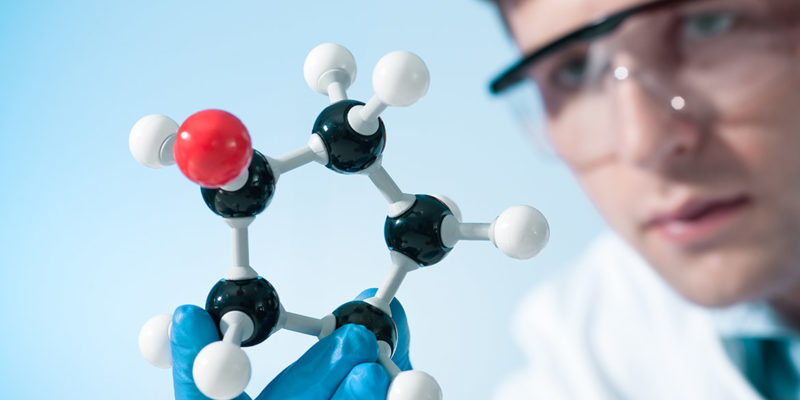
The human body perceives the substances used in fillers as foreign bodies. Even if it is hyaluronic acid, which is not capable of harming tissues. Accordingly, the body tries to destroy the 'uninvited guest' and remove its remains in a natural way. But in the case of hyaluronic acid, the body cannot immediately get rid of the foreign substance. Therefore, it surrounds the 'outsider' with a capsule that takes three to four weeks to form. In this state, HA lies in tissues until it breaks down into CO2 and water. This lasts about 12 months, and the filling effect lasts the same.
If non-hyaluronic fillers are used, which the body also cannot destroy, but which do not pose a threat to it, then their remnants can lie in the tissues for 2-3 years, after which they are also gradually eliminated. But in this case, complications can arise – fragments can be split off from the filler, which cause tissue irritation and complications. Therefore, it is better to use preparations based on hyaluronic acid as fillers.
Alternative to injection cosmetology – filler creams
For people who categorically do not tolerate injections in the face area, even the most painless ones, there is an alternative – filler creams with an anti-aging effect. Such drugs are not injected under the skin, but applied to its surface. But they got the name 'filler' because they are supposedly able to penetrate into the deep layers of the skin, as well as for the fact that they allow you to get a result similar or close to the result of filling.
For example, instead of traditional mechanical fillers, you can use the following drugs for external use:
-
Revitalift Filler Renew from Loreal. The drug for aging skin is produced in Germany and Great Britain, the second product will cost twice as much as the first.
-
Hyaluronic Filler 3D from the Libriderm company. The manufacturer is positioning this drug as a non-injectable anti-aging agent of the latest generation. The product not only has a pronounced anti-aging effect, but also has an SPF 15 sun protection filter, which prevents photoaging of the skin.
However, before you give up the use of fillers and start using filler creams, it will be useful to know the opinion of cosmetologists on this matter. Experts say that creams containing hyaluronic acid penetrate exclusively into the upper layers of the skin or remain on the surface altogether, creating the appearance of moisture, since the HA molecules contained in such preparations are too large to overcome the skin surface barrier. It turns out that manufacturers are cunning – any cosmetic products act at the level of the upper layers of the epidermis, and if they are able to penetrate deeper, these are medicinal creams, not care creams.
Fillers, botox and mesotherapy – differences between treatments
Filling, botulinum therapy and mesotherapy are cosmetic procedures that have a similar principle of action. That is, these are techniques that assume that injections are made into soft tissues to achieve certain goals and solve aesthetic problems.
Moreover, each procedure has its own characteristics, which are mainly in the composition of the injections, the depth of injection, the number of sessions, the severity and duration of the effect, and the safety of the ingredients of the injections.
Mesotherapy uses injections based on a complex of vitamins and minerals, medications, organic acids, and plant extracts. In filling – preparations based on hyaluronic acid, collagen, synthetic substances or subcutaneous fat.
Botulinum therapy uses botox injections, which immobilizes certain muscles in the face and can negatively affect nerve endings. But in the case of combating mimic wrinkles, fillers will not help, and Botox will have the maximum effect. Indeed, in the facial zones, muscle fibers are woven into the structure of the skin, and when a person uses facial expressions, areas of the dermis are pulled together with the muscles, forming deep creases and folds. They can be eliminated only by forced relaxation of muscle fibers, which is facilitated by Botox injections.

